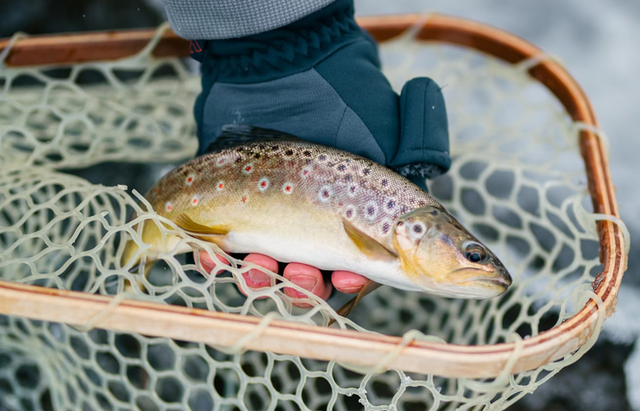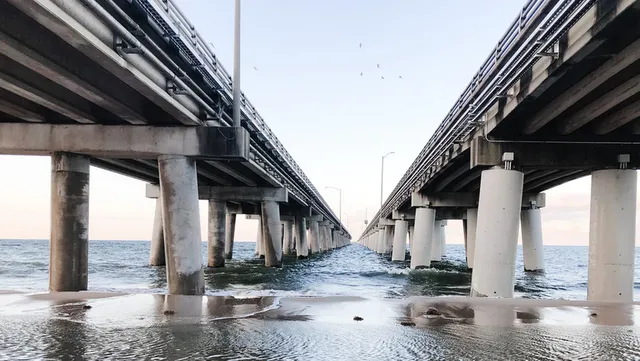More than 150 sewage treatment plants empty directly into the Bay. The Susquehanna River has many non-compliant sewage plants along its 600-plus-mile course through New York and Pennsylvania, eventually reaching the Bay.
The poultry industry is America's largest chicken farm on the Delmarva Peninsula and thus, adds enormous pollution from chicken waste products into Chesapeake waters. Also, the poultry industry depends on menhaden to produce food pellets for chickens, and menhaden are the sole remaining filter feeder of note in the Chesapeake. In the early 1900s, it is estimated that the total volume of the Chesapeake's water was filtered entirely in eight hours by filter feeders-principally oysters and menhaden. Today, the same level of filtration takes more than one year.
Since the oysters are all but gone, the only filter feeders left are menhaden. Still, relatively few of each year's hatch make it past Reedville, Virginia, because one company, operating several large menhaden trawlers, working together with spotter planes, takes almost 65 percent of the entire Atlantic coast's menhaden stocks. This does two things. First, menhaden are strictly filter feeders. They swim around in dense schools consuming vast amounts of plankton along with all sorts of detritus.
Menhaden are also the main food fish for striped bass. With the reduction of available menhaden, stripers have turned to other food sources, notably silversides and bay anchovies that lack the menhaden oil and protein. As a result, we are now seeing more skinny stripers that are slowly starving. You can't live without a liver, which pretty much tells you what will happen to the Chesapeake should the menhaden slaughter continue.




